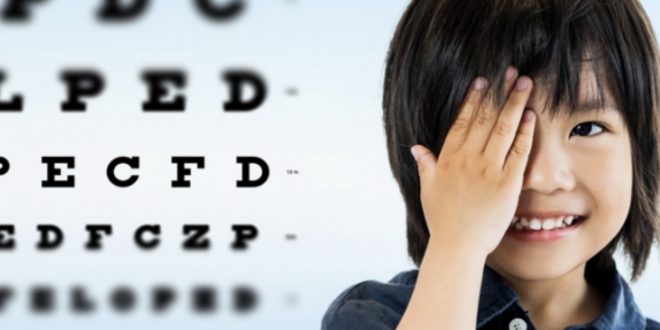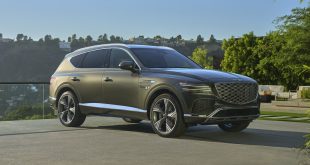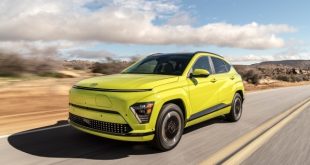Authored by Treehouse Eyes Optometrist Dr. Kevin Chan in the Washington, D.C. area
About Myopia
Myopia, also called nearsightedness or shortsightedness, is the most common vision issue
among children and young adults and it’s only getting worse.
Approximately 20 million children in the United States, or one in every three, suffer from
myopia and recent studies show that half the world will be myopic in 2050.
In 2020 254,383 children in the Washington, D.C. area currently suffer from myopia,
nearsighted, or blurry distance vision. That number is expected to grow to 323,066 by just
2030.
Why is this happening?
The main cause of myopia that is leading to the myopia epidemic is an enormous shift in the
environment children are growing up in. Mainly, a lack of outdoor activity in children is the
largest piece of evidence researchers are attributing to the cause of the myopia boom.
Potential factors include the increased lack of outdoor time, increased time on digital devices,
and other “near work.”
Why Should I care?
Myopia can have a lifelong impact on a child’s eye health. Left untreated, myopic children may
be at a significantly increased risk for retinal detachment, cataracts and other serious health
complications later in life.
Once children start treatment, they’re reporting better focus at school, increased sports
performance, and a renewed interest in extracurricular activities.
What is the treatment process?
While eye doctors usually prescribe glasses or contact lenses for kids with myopia, they are only
a temporary “fix” and do not fully treat the underlying condition. Dr. Kevin Chan in partnership
with Treehouse EyesR in the Washington, D.C. area provide the Treehouse Vision SystemR, a
patent-pending protocol that offers a customized treatment plan for myopia to help give
children better vision for life. Developed by a team of leading optometrists and
ophthalmologists, the Treehouse Vision SystemR is an integrated treatment that combines
several of the most efficacious treatments to provide a single therapeutic system.
So, what’s a parent to do?
The good news is that nearsightedness is treatable. Treehouse Eyes is the first healthcare
practice dedicated exclusively to treating myopic children.
Children using the Treehouse Eyes patent-pending protocol, the Treehouse Vision System, show
an average 78% reduction in the progression of their myopia (individual results vary).
The Treehouse Vision System treatment plan is non-surgical. It includes overnight customized
lenses, day-time soft lenses and special prescription eye drops.
With kids finally out of school, now is the time for parents to think about their child’s eyes and
vision. Here are some research driven actions parents can take this summer:
● Increase Outdoor Time
○ There are numerous studies showing outdoor time can delay or even prevent the development of myopia in kids. Treehouse Eyes recommends 2-3 hours a day of outdoor time. This was difficult with kids doing online school, but now is the time to take advantage of summer to schedule time and activities for your child outside.
● Reduce Screen Time
○ Parents struggle with screen time and their children for a number of reasons. More studies show that increased near work (screens, reading, etc.) may be a factor in the progression of myopia in children. While eliminating screens isn’t practical, try to put limits on screen time and encourage frequent breaks.
● Proper Reading Tips
○ When kids need to do a lot of reading, new research suggests that it may be beneficial to do it at night vs. in the morning. Some early studies also suggest adjusting digital devices to have black backgrounds with white text. If your child reads in bed, laying on their back might be the best position to help minimize increasing myopia.
● Get a Comprehensive Eye Exam
○ School and pediatrician vision screenings can miss up to 75% of vision issues in children. Taking your child to the eye doctor for a comprehensive exam annually is the best way to ensure your child’s vision is optimal. At this exam the doctor can discuss which treatment will work best if your child has myopia.
 Asian Fortune Your source for all things Asian American
Asian Fortune Your source for all things Asian American




